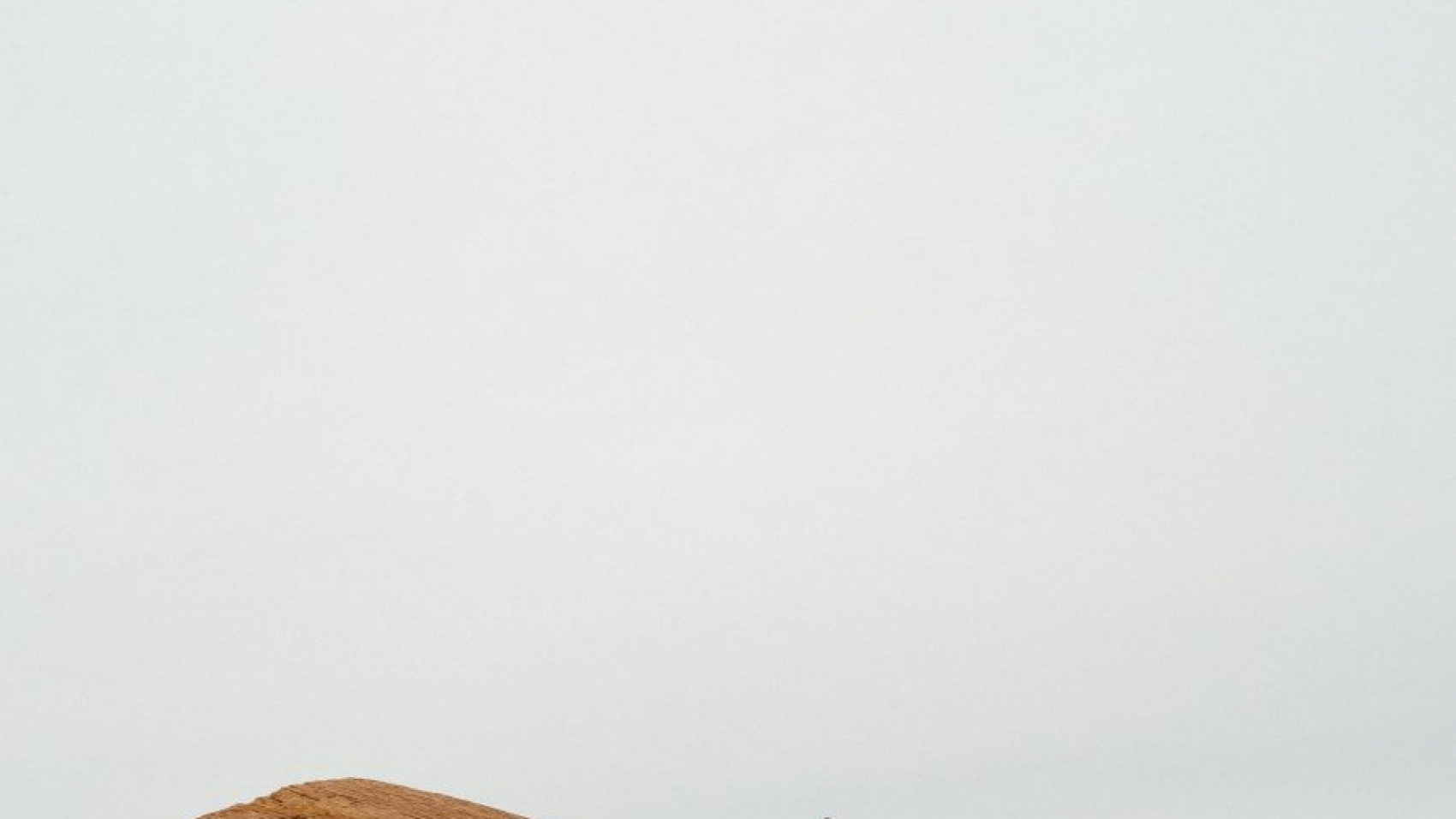If gym memberships are a waste of wellness dollars (see Rand Study and IL Wellness study) , why not give a smaller after-tax amount for people to spend on what they want. One idea is equipment. Give employees $150 to buy running shoes, ski poles, yoga pants, entry fees to races, or new mountain bike tires. It's the ultimate in choice. Yes, some would waste it but dollars are already going down the drain. Employees would appreciate it and have a deeper respect for their company, truly pr ...
Corporate Goodwill
A study published in NBER last month has some interesting implications on workplace wellness programs. While only a one year study, it's unique since it's the only comprehensive randomized controlled trial on wellness. 1) There are diminishing returns on wellness incentives and it is lower than most think (after around $200 there isn't much of an impact). 2) As expected, healthy participants self-select into wellness programs. Spend was close to $1,600 lower for this group but that was not a ...
Tapeworm
5+ years ago at a Berkshire Hathaway shareholders' meeting, a doctor from California asked Buffett and Munger what they'd do to change healthcare and they said they didn't have any answers. As Buffett now says, "The ballooning costs of healthcare act as a hungry tapeworm on the American economy." I would add that it's a tapeworm we deserve (due to politics, bad regulations, screwy incentives, and poor collective health). Photo by Wolfgang Hasselmann on Unsplash
5.5%
To understand healthcare, pay attention to the stock market and companies' earnings filings. This way you can capture a glimpse of how companies make money, how much they pay to acquire, how their incentives are aligned, how healthcare exchanges work and what value they deliver, how interest rates may affect their revenue (see HSAs), what they omit, and much more. United Healthcare's 2017 commercial cost trend was 5.5% on $201B in revenue. With all the clout, data analytics, scale, acquisitions ...
How Competitive Are Your Benefits?
As 2018 sets in, the bull market continues and unemployment remains at historical lows. One question employees will be considering more, especially as they switch jobs: How competitive are my company's benefits? Olavi Group has published a nationwide tool and report on company contributions, plan types, funding strategies, ancillary programs, HSA funding levels, and more. Learn by geography, industry, and size whether your benefits are in the 25th, 50th, 90th percentile or more. Healthcare eng ...





